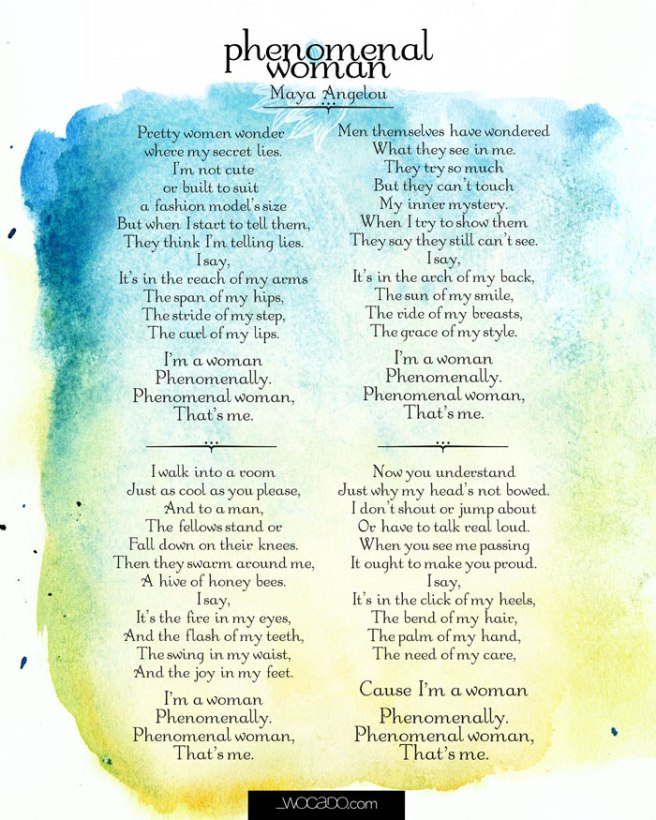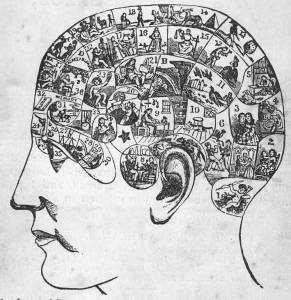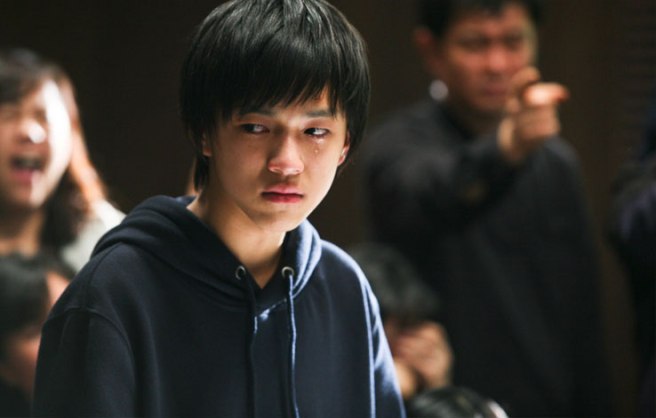Kite Runner is written by Khaled Hossaini in March 2001. The novel itself was published in 2015. When this novel was published, Afghanistan at that time is embroiled in a war with United States, but, still this novel receive great reactions and was sold in millions copies. Since Khaled Hossaini himself is an Afghan, he admitted that his childhood and his experience in United States do influence him in his writings. This can be seen in the characters’ favorites like playing with kites, the dispute between ethnicities, and especially the difficulties experienced by Khaled Hossaini in adjusting at United States when he first came to United States. His experience in the flea market, conducting business with his father also semeed to be included in the market with the context of Amir and Baba (Amir’s father)
Kite Runner is a heartbreaking story. The story is set as Amir is the narrator of the story and all the details of his childhood with Hassan is retold on his reminiscence about the past. Amir is now a grown man married to Soraya but has no child. On his journey back to Kabul, Afghanistan, he recalled a lot of his experiences. Amir returned back to Kabul upon a call from Rahim Khan, his father figure, his father’s business partner. Rahim Khan told him to come back, visiting him who is now sick with cancer and asked for his help in looking for Sohrab, a child of Hassan and his wife, Farzana. Rahim Khan also told him of Baba’s secret and told him that Hasssan is actually his half brother.
Amir was born to a wealthy and respected well known man called as Baba in the story. Amir’s mother die after three weeks of Amir’s birth. All the domestic needs in the house are catered by Ali and his son, Hassan. Hassan and Ali grow to be a close friend since both of them have lost mothers at the young age, Hassan’s mother ran away, recreating the friendship history of Ali and Baba. From Amir’s perspective, Baba is distant from him and did not shower him with love. Instead, he saw Baba to favour Hassan more than him. However, the truth is, Baba resents himself because he cant shower his love for Hassan directly because of Hassan’s status of Pashtun and because of Hassan is known to the public as Ali’s son. Because of this also, Baba cant shower Amir with love as it will be unfair to both of his sons.
 On top of this, Amir and Baba come from a class who is considered to be a higher class, Pashtun whereas Ali and Hassan come from a lower class, Hazara. Besides, both Ali and Hassan are Shiah Muslim while Baba and Amir are Sunni Muslim.Consequently, this later creates an inner conflict in Amir, Amir sometimes treats Hassan as a servant. This is because at that time, Afgan view Hazara people as lower people and any associations and relations between Hazara and Pahtun are condemnable. In order to win Baba’s love, Amir is determined to win the kite race, as this is the only similarity found between Baba and him. Even Amir’s interest towards writing does not impress Baba. Amir did won the contest, and in order to gain the falling kite back. Hassan offered himself to take it for him. Unfortunately, an event happened that changed Amir forever. He saw Hassan getting raped by Assef, their nemesis and stood there cowardly, did not offer any help. Ripping by guilt, Amir framed Hassan and Ali by putting watch and money inside their hut.
On top of this, Amir and Baba come from a class who is considered to be a higher class, Pashtun whereas Ali and Hassan come from a lower class, Hazara. Besides, both Ali and Hassan are Shiah Muslim while Baba and Amir are Sunni Muslim.Consequently, this later creates an inner conflict in Amir, Amir sometimes treats Hassan as a servant. This is because at that time, Afgan view Hazara people as lower people and any associations and relations between Hazara and Pahtun are condemnable. In order to win Baba’s love, Amir is determined to win the kite race, as this is the only similarity found between Baba and him. Even Amir’s interest towards writing does not impress Baba. Amir did won the contest, and in order to gain the falling kite back. Hassan offered himself to take it for him. Unfortunately, an event happened that changed Amir forever. He saw Hassan getting raped by Assef, their nemesis and stood there cowardly, did not offer any help. Ripping by guilt, Amir framed Hassan and Ali by putting watch and money inside their hut.
Even though Hassan did not steal the money, Hasan willingly admit that. Suprisingly, Baba did not kick them out of the house, instead Baba forgives them. Probably because at this time, Baba is still feeling guilty towards Ali and Hassan and the thought of seeing them away breaks his heart.
 Nevertheless, Ali and Hassan are adamant with their decision to go away, crying and still sobbing, Baba allowed them to go. Few years later, Amir and Baba moved to United States as the war is getting worse and lost contact with Ali and Hassan. Later, Baba died because of cancer and Amir got called from Rahim Khan who acts as the intermediator of Amir’s past and present. Amir still feels guilty with that incident and decided that, by retrieving Sohrab will atone his and his father’s sins.
Nevertheless, Ali and Hassan are adamant with their decision to go away, crying and still sobbing, Baba allowed them to go. Few years later, Amir and Baba moved to United States as the war is getting worse and lost contact with Ali and Hassan. Later, Baba died because of cancer and Amir got called from Rahim Khan who acts as the intermediator of Amir’s past and present. Amir still feels guilty with that incident and decided that, by retrieving Sohrab will atone his and his father’s sins.
From the summary itself, it is clear that the characters in the novel posit themselves with their own binary oppositions and with religion is the center. This is aligned within Derrida’s theory of Deconstruction. The binary oppositions themselves are in the sense of ethnicities between Pashtun and Hazara among the characters. They derived from the center themselves which in this context is Islam.To make situation more complicated, both of these ethnicities denote different sects of religion. For Pashtun, their sect is usually Sunni Islam and Hazara dominates the sect of Shia Muslim. In addition, Pashtun is considered to be from higher class and Hazara comes from lower class. This later proven to be a significant part of the binary opposition since Pashtun is seen as the positive one and is given a cultural value. This is because Pashtun and Sunni Muslim is marked as the order or systematic part in the society whereas Hazara and Shia Muslim is viewed as the corruptive part of the society.
Withins this structure, both ethnicities act accordingly to their purposes. Hazara serve as servants in the society like Hassan and Ali whereas Pashtun is to be the wealthy people in the society, for example, Amir, Baba and Assef. This is aligned with Sunni status in Muslim who is deemed to be the right way of practicing religion. However, when this structure is shaken, the characters’ status are shifted. Baba who practices Sunni and is a wealthy person turns out to have committed fornication. The result is, Baba has an illegitimate child whom he can’t publicly acknowledge as the child is Hazara descendant. In contrast with Hazara, it is Ali, a Hazara, who takes care of Baba’s son. Now, the centre is shaken up and Pashtun is no longer the right sect anymore. Assef who is also a Pashtun now is a member of Taliban, who practices the killing and is violent towards innocent person. In the end, Pashtun and Hazara criteria got mixed up and the structure is messed up. In regards to this, when the structure got shaken, the only way is to reject the whole scenario or build a new one, but according to Derrida this is worthless as the structure did is to go back at the square one.









 On top of this, Amir and Baba come from a class who is considered to be a higher class, Pashtun whereas Ali and Hassan come from a lower class, Hazara. Besides, both Ali and Hassan are Shiah Muslim while Baba and Amir are Sunni Muslim.Consequently, this later creates an inner conflict in Amir, Amir sometimes treats Hassan as a servant. This is because at that time, Afgan view Hazara people as lower people and any associations and relations between Hazara and Pahtun are condemnable. In order to win Baba’s love, Amir is determined to win the kite race, as this is the only similarity found between Baba and him. Even Amir’s interest towards writing does not impress Baba. Amir did won the contest, and in order to gain the falling kite back. Hassan offered himself to take it for him. Unfortunately, an event happened that changed Amir forever. He saw Hassan getting raped by Assef, their nemesis and stood there cowardly, did not offer any help. Ripping by guilt, Amir framed Hassan and Ali by putting watch and money inside their hut.
On top of this, Amir and Baba come from a class who is considered to be a higher class, Pashtun whereas Ali and Hassan come from a lower class, Hazara. Besides, both Ali and Hassan are Shiah Muslim while Baba and Amir are Sunni Muslim.Consequently, this later creates an inner conflict in Amir, Amir sometimes treats Hassan as a servant. This is because at that time, Afgan view Hazara people as lower people and any associations and relations between Hazara and Pahtun are condemnable. In order to win Baba’s love, Amir is determined to win the kite race, as this is the only similarity found between Baba and him. Even Amir’s interest towards writing does not impress Baba. Amir did won the contest, and in order to gain the falling kite back. Hassan offered himself to take it for him. Unfortunately, an event happened that changed Amir forever. He saw Hassan getting raped by Assef, their nemesis and stood there cowardly, did not offer any help. Ripping by guilt, Amir framed Hassan and Ali by putting watch and money inside their hut. Nevertheless, Ali and Hassan are adamant with their decision to go away, crying and still sobbing, Baba allowed them to go. Few years later, Amir and Baba moved to United States as the war is getting worse and lost contact with Ali and Hassan. Later, Baba died because of cancer and Amir got called from Rahim Khan who acts as the intermediator of Amir’s past and present. Amir still feels guilty with that incident and decided that, by retrieving Sohrab will atone his and his father’s sins.
Nevertheless, Ali and Hassan are adamant with their decision to go away, crying and still sobbing, Baba allowed them to go. Few years later, Amir and Baba moved to United States as the war is getting worse and lost contact with Ali and Hassan. Later, Baba died because of cancer and Amir got called from Rahim Khan who acts as the intermediator of Amir’s past and present. Amir still feels guilty with that incident and decided that, by retrieving Sohrab will atone his and his father’s sins.










